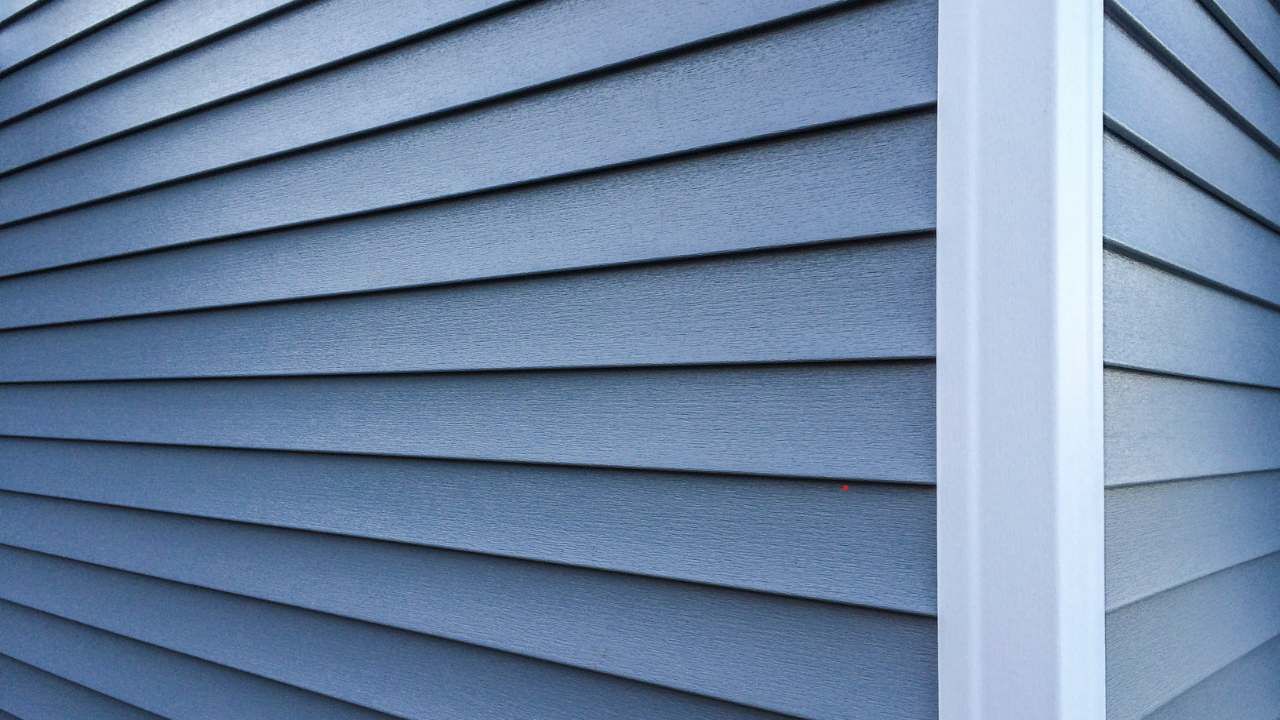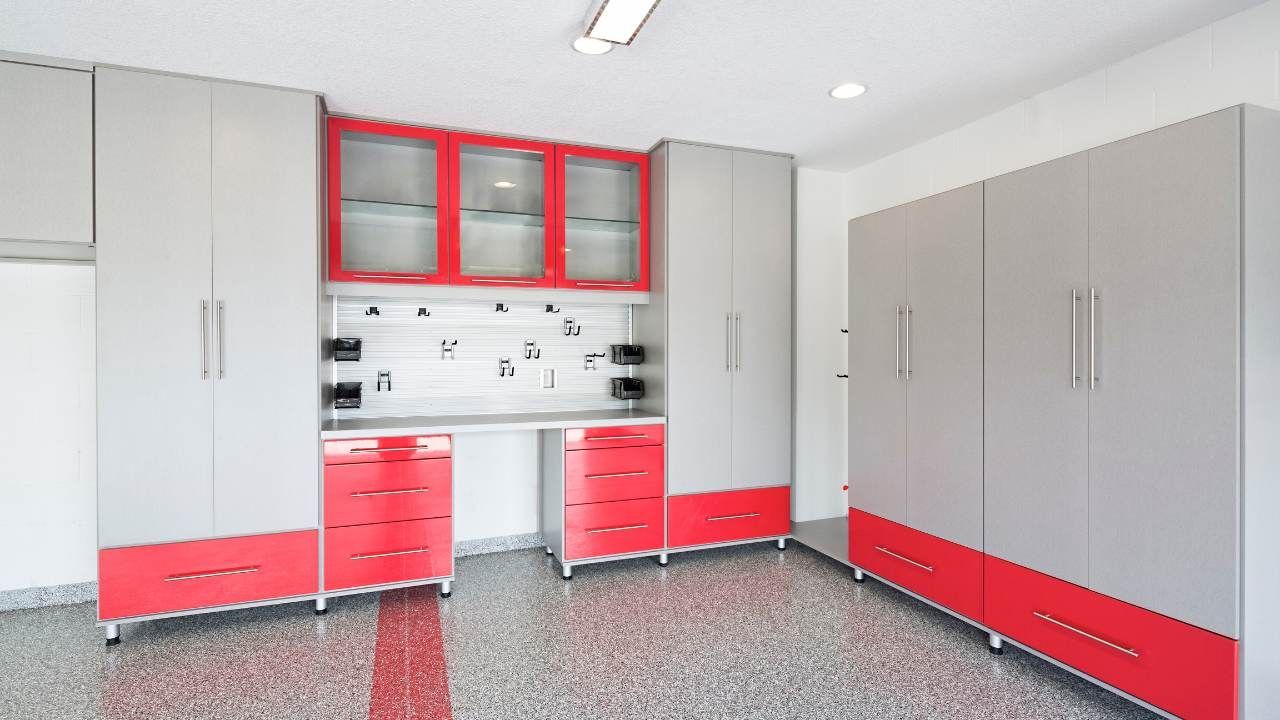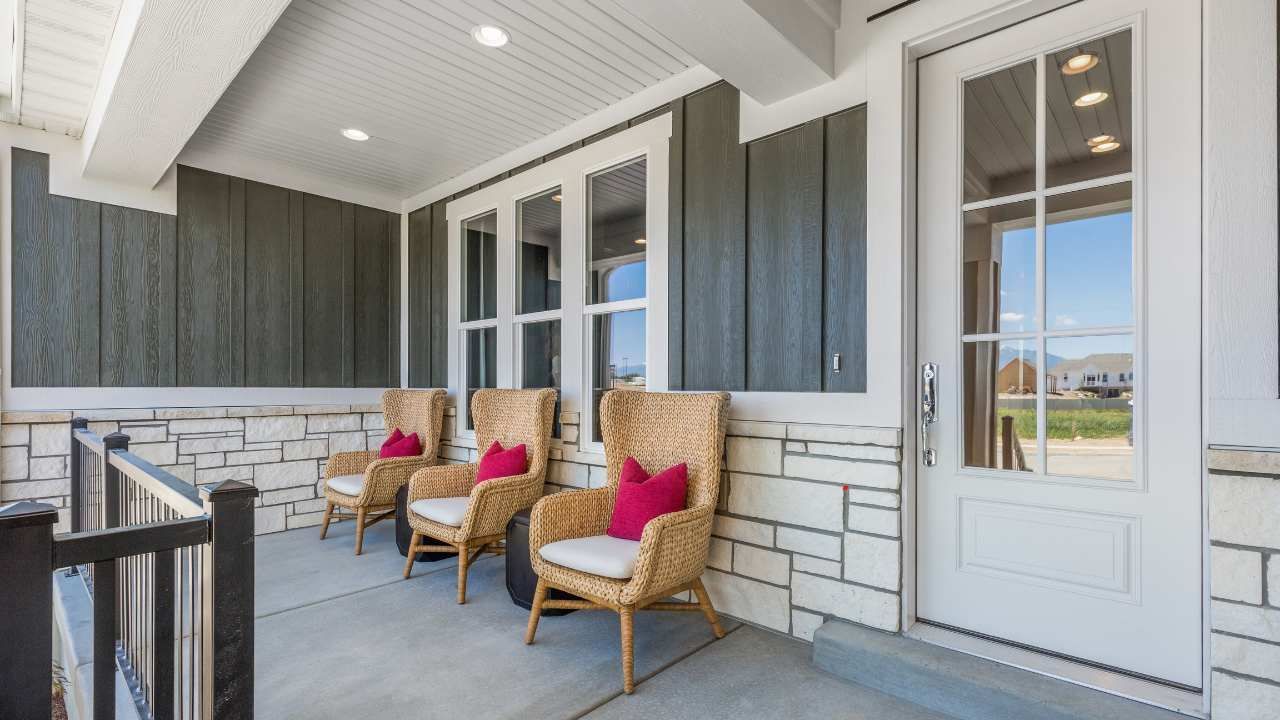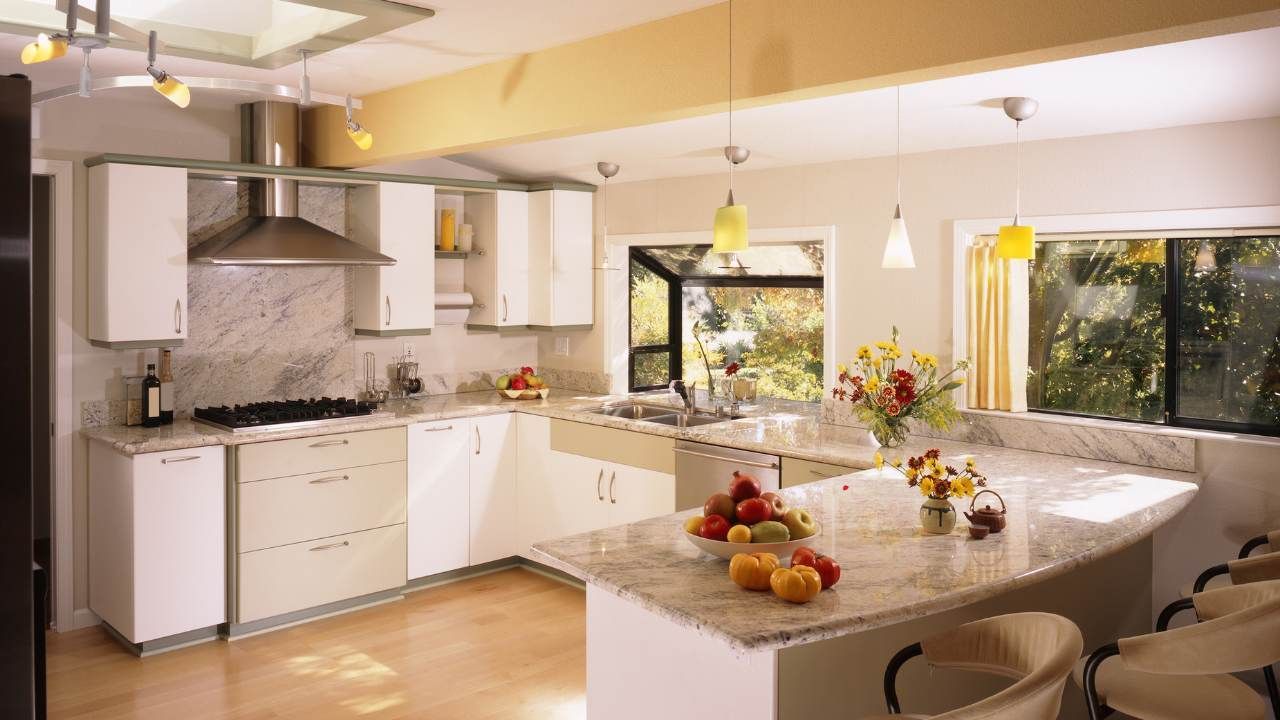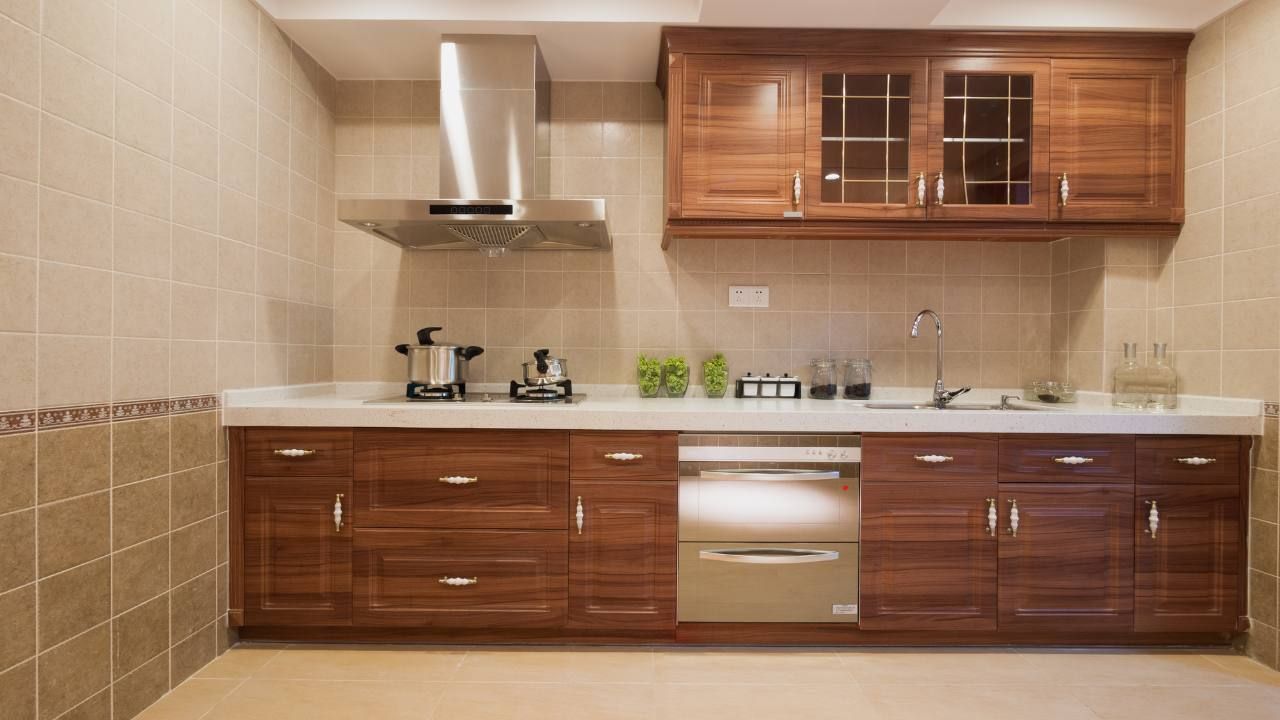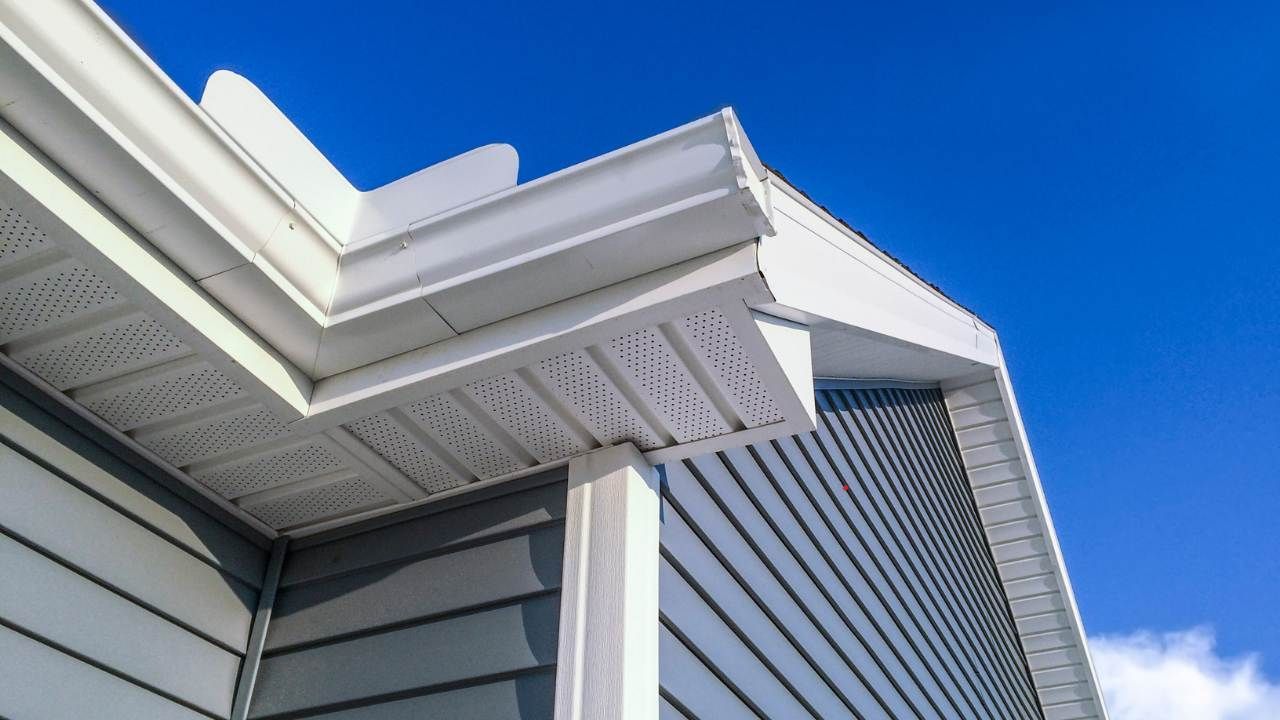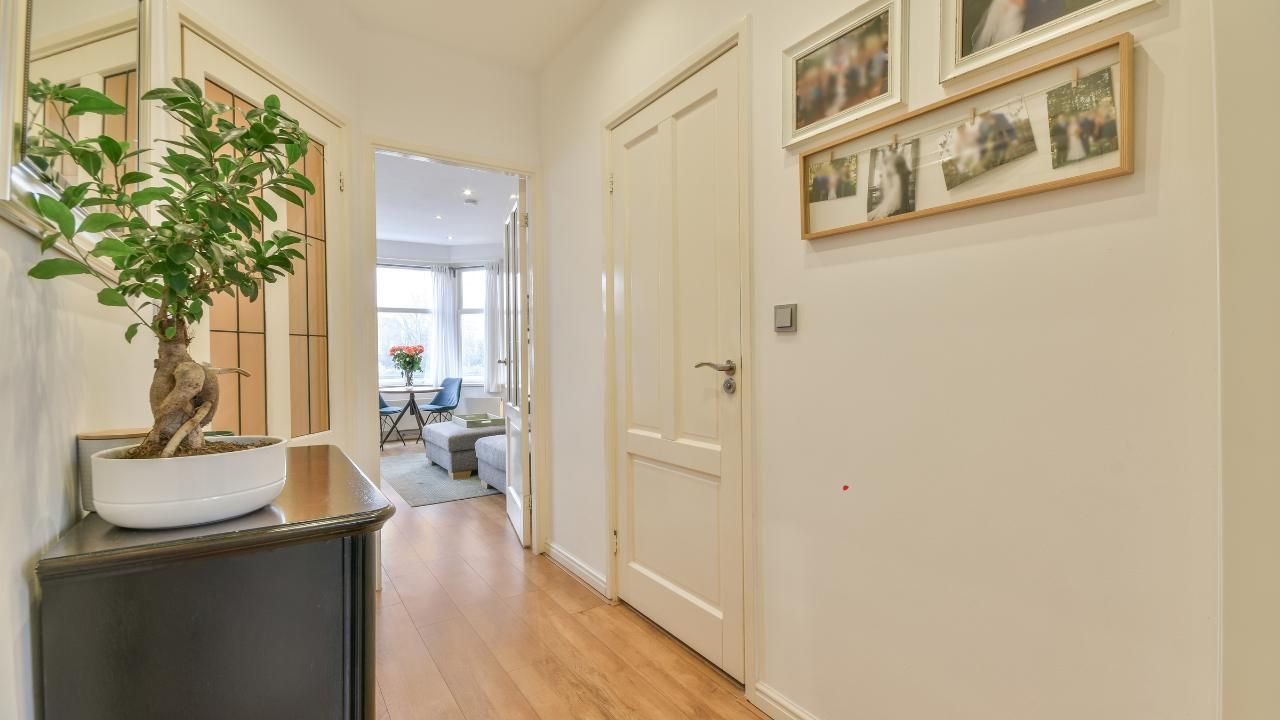How Weather Conditions Can Impact Your Exterior Painting Project
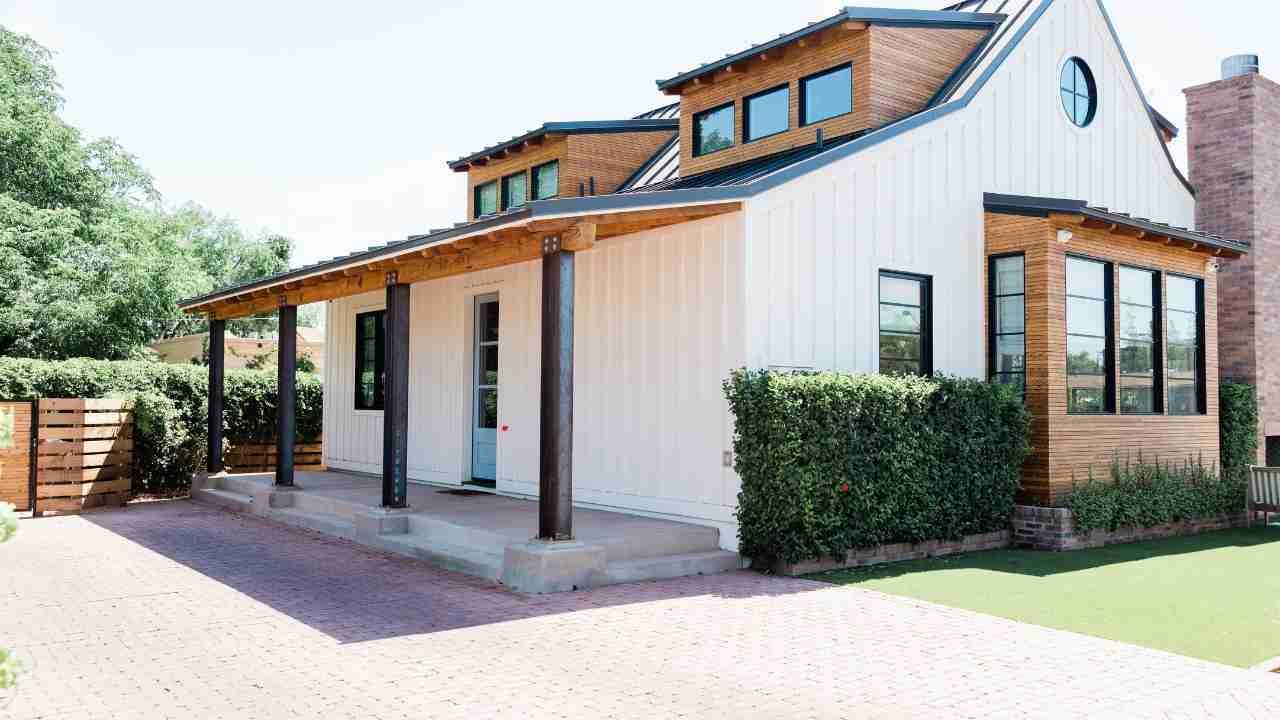
Painting the exterior of your house is one of the best ways to refresh your home’s look. But before you grab that paintbrush, it’s important to remember that weather plays a huge role in how successful your project will be. Whether you're working on your own or hiring professionals, understanding how local weather in Stillwater can affect exterior house painting is crucial.
In this article, we’ll explore the key weather factors that can make or break your painting job, so you can plan wisely and avoid common pitfalls.
Temperature: The Foundation of a Good Paint Job
The temperature is one of the biggest things to keep in mind for any exterior painting project. If it’s too hot or too cold, your paint won’t perform as well, which can lead to issues like cracking or peeling down the road.
Here’s what you need to know:
- Ideal range: Most paint manufacturers recommend painting when the temperature is between 50°F and 85°F.
- Too hot: If it’s above 90°F, especially in direct sunlight, the paint can dry too quickly. This leads to visible brush marks and an uneven finish.
- Too cold: When temperatures dip below 50°F, paint can take longer to dry and may not cure properly. In extreme cases, cold temperatures can cause the paint to become brittle.
In Stillwater, we experience a wide range of temperatures throughout the year, so timing your painting project is critical. Late spring and early fall tend to offer the most consistent weather for painting.
Humidity: More Than Just an Annoyance
Humidity is another weather element you should keep an eye on. When humidity levels are high, the moisture in the air can make it difficult for paint to dry properly. This can result in streaks, bubbling, and uneven coverage.
- High humidity: Anything above 70% humidity can cause slow drying times, leaving your paint job vulnerable to imperfections.
- Low humidity: When humidity is too low, the paint can dry too fast, similar to what happens in very hot weather, which can lead to cracking or peeling.
Here in Stillwater, summer often brings higher humidity, so be sure to check the forecast and aim for days with moderate humidity (between 40-50%) for the best results.
Rain: A Recipe for Disaster
It might seem obvious, but rain is one of the biggest enemies of exterior painting. If your paint gets wet before it’s had a chance to dry, you could be left with a mess.
- Before painting: Make sure the surfaces you’re painting are completely dry. Painting on damp surfaces can trap moisture underneath, causing the paint to bubble and peel later on.
- After painting: Allow at least 24 hours of dry weather after finishing the project to give the paint ample time to dry and cure.
In Stillwater, where summer thunderstorms are common, checking the weather forecast for a clear window of dry days is a must.
Wind: A Hidden Troublemaker
While it may not seem like a big deal at first glance, wind can actually cause problems when painting outside. Strong gusts can blow dirt, debris, and even insects onto your freshly painted surfaces, ruining your hard work.
- Windy days: Avoid painting on particularly windy days. Not only does wind affect the paint finish, but it can also dry the paint too fast, similar to high heat and low humidity.
It’s best to wait for calm, mild days when the wind isn’t strong enough to carry particles that could get stuck in your paint.
Sunshine: Friend or Foe?
Sunshine is generally a good thing for outdoor projects, but too much direct sunlight can create problems when painting. When the surface of your home gets too hot, the paint may dry too quickly, leading to issues like lap marks (where one section dries before the next, causing visible seams).
- Direct sunlight: If possible, paint the shady side of your house first and follow the shade as the day progresses. This will prevent paint from drying too quickly.
In Stillwater, where sunny days are plentiful, keeping track of the sun’s position while painting can make a noticeable difference in the final result.
Planning for Success
So, how do you ensure your exterior painting project is a success despite unpredictable weather? Here are some tips:
- Check the forecast: Look for days with temperatures between 50°F and 85°F, low wind, and minimal chance of rain.
- Use the right paint: Many paints are now formulated to perform well in a wider range of temperatures, so be sure to choose a high-quality exterior paint designed for your climate.
- Be flexible: If the weather changes, be ready to adjust your schedule. Waiting for ideal conditions will save you time, money, and frustration in the long run.
Ready to Transform Your Home?
Whether you’re tackling the project yourself or hiring experts, the weather will always be a factor when it comes to exterior painting. By taking the time to plan around local conditions, you can ensure your house painting Stillwater project goes off without a hitch.
Need professional help to get the job done right?
Contact
our team today for expert advice and a free quote. Let's make your home the best-looking one on the block!


